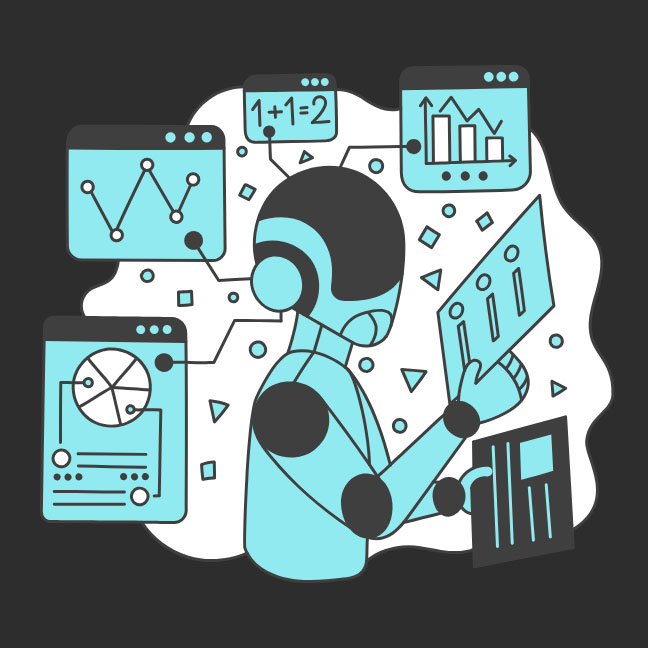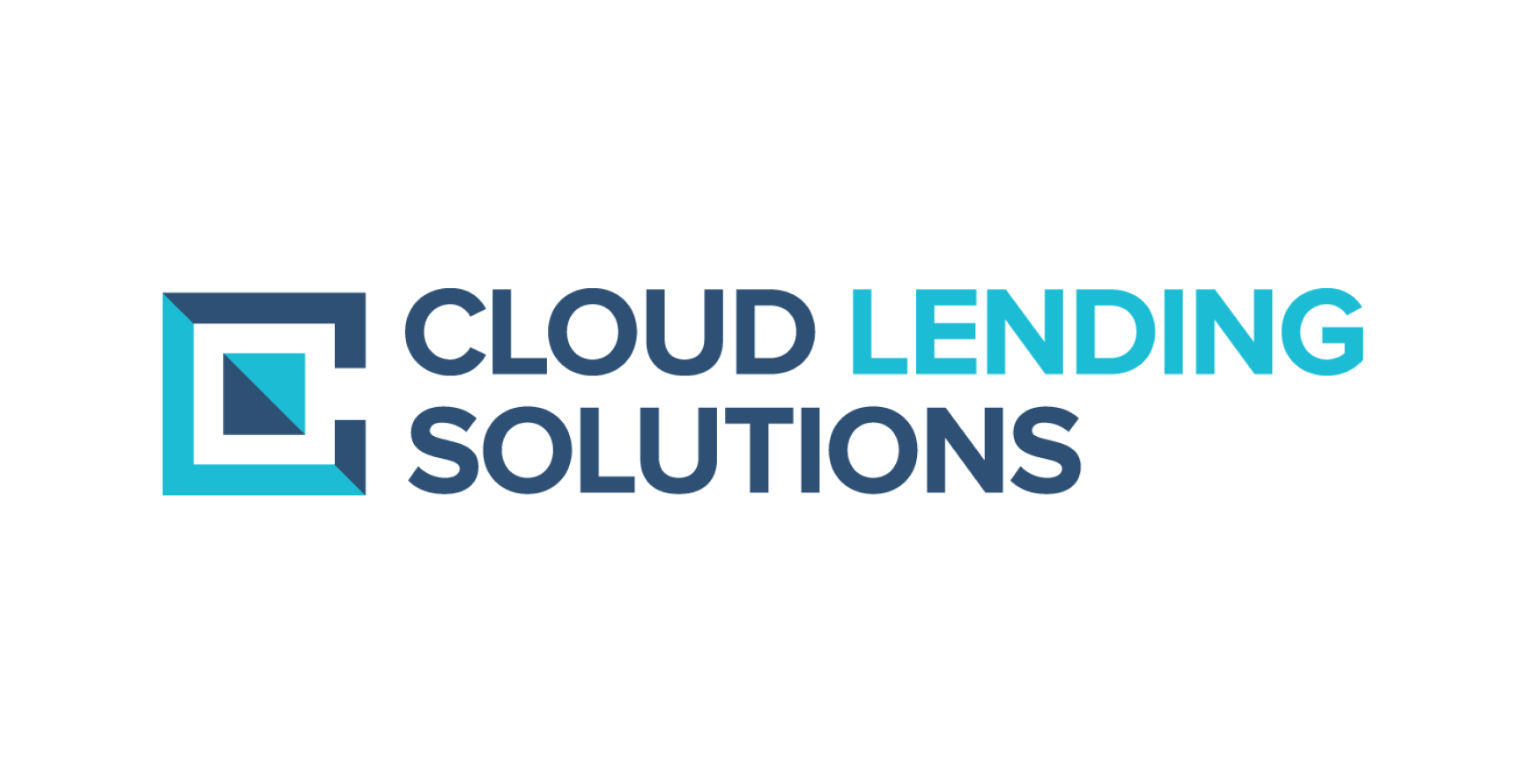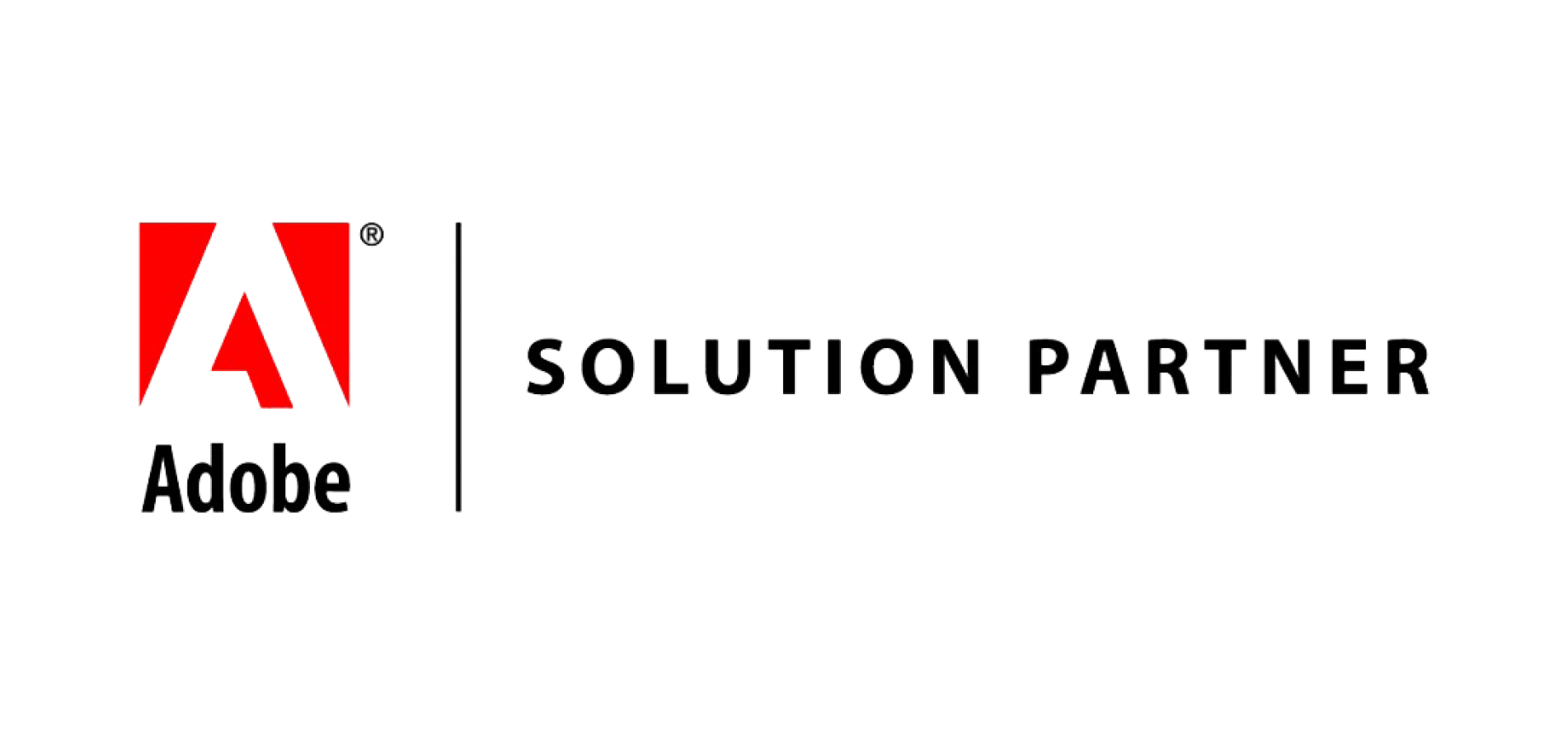Artificial Intelligence, zBlog
Best AI Frameworks Compared: Features, Pros, and Use Cases for 2026
trantorindia | Updated: July 22, 2025
Artificial Intelligence continues to accelerate business transformation in 2026. Choosing the best AI frameworks is more critical than ever—whether you’re scaling LLM-powered chatbots, automating enterprise workflows, or pushing innovation in healthcare, finance, and beyond. This comprehensive guide details updated features, use cases, adoption statistics, and future trends to help you make smarter decisions in today’s evolving landscape, with live references to third-party market stats.
What Are AI Frameworks? Why Do They Matter in 2026?
An AI framework is a suite of libraries, tools, and APIs designed to streamline the building, training, and deployment of artificial intelligence and machine learning models. Frameworks empower organizations to scale faster, enable model reliability, drive compliance, and unlock state-of-the-art results across a range of applications.
Why AI frameworks serve as the backbone for AI high-performers in 2026:
- Accelerate model development cycles
- Enable scalable, secure deployments (cloud, edge, hybrid)
- Integrate explainability, compliance, and monitoring by default
- Lower the learning curve for AI practitioners
- Strong communities, frequent updates, and integration with the latest tools
Best AI Frameworks in 2026: At a Glance
In-Depth Comparisons: 2026 Frameworks, Features & Pros
TensorFlow
- Provider: Google
- Features:
- Scalable from smartphones (TensorFlow Lite) to massive clusters
- Integration with Keras for rapid prototyping
- TensorBoard, TFX for production pipelines
- State-of-the-art LLM and federated learning support in v3.x
- Pros:
- Leading community, robust documentation
- Best-in-class security, compliance tooling
- Use Cases:
- Image/speech recognition, computer vision, production NLP, custom LLMs
- 2026 Edge: Aggressive updates supporting generative AI and secure federated deployments.
PyTorch
- Provider: Meta
- Features:
- Dynamic computation graphs, modular design
- PyTorch Lightning for rapid prototyping, scaling
- Ecosystem includes TorchServe, support for distributed/quantized models
- Pros:
- Leading research adoption, publication-friendly
- Excellent debugging, easy code transparency
- Use Cases:
- Custom neural nets, RL agents, LLM/RAG prototyping
- 2026 Edge: Top choice for rapid adoption of new research and SLMs (specialized language models).
Keras
- Now tightly integrated with TensorFlow
- Features:
- High-level APIs, modular abstraction
- Cut learning curves for non-specialists
- Use Cases:
- Fast design and MVP prototyping, education
- 2026 Edge: Focus on education and hybrid deep learning.
LangChain
- Open-source orchestration framework for LLMs
- Features:
- Modular “blocks” for chaining prompt templates, agents, search, tools
- Memory, retrieval, and tool use integration
- Pros:
- Active community, plug-and-play for most LLMs
- Use Cases:
- Chatbots, document QA bots, automation
- 2026 Edge: New plugins for RAG, hybrid-model integration, and LLAgent teamwork.
Microsoft AutoGen
- Enterprise-ready AI agent orchestration
- Features:
- Multi-agent support, workflow automation
- Secure execution environments
- Use Cases:
- Automating enterprise workflows, secure document processing, enterprise chat
- 2026 Edge: Strong in regulated industries, workflow security features.
Anaconda AI Navigator
- On-premise LLM platform
- Features:
- 200+ local LLMs, privacy-first deployment
- Built-in orchestration APIs
- Use Cases:
- Sensitive data AI, offline environments (healthcare, gov, finance)
- 2026 Edge: No reliance on cloud LLM APIs, strong privacy control.
Haystack
- Enterprise search & Retrieval-Augmented Generation (RAG)
- Features:
- Advanced semantic search, indexing, and RAG pipelines
- Integrates seamlessly with open and closed LLMs
- Use Cases:
- Knowledge base search, Q&A, document analytics
- 2026 Edge: AI-powered document retrieval for RAG, hybrid workflows.
LangGraph
- Graph-based orchestration for multi-agent AI
- Features:
- Complex workflow modeling, persistent memory
- Advanced error handling, decision support
- Use Cases:
- Multi-agent planning, enterprise AI bots, chat
- 2026 Edge: Powering next-gen agentic systems and strategic AI assistants.
Key 2026 Trends & Innovations in AI Frameworks
- Agentic AI: Rise of autonomous AI agents—systems that independently carry out multi-step tasks, plan, and reason.
- Multimodal AI: Frameworks natively support models that understand images, text, sound, and sensor data together.
- Federated Learning: Secure, private AI development by training on distributed datasets, crucial in finance/healthcare.
- Miniaturization of Language Models: Small specialized models (SLMs) for edge deployment, mobile apps, and low-latency scenarios.
- Explainable and Ethical AI: Built-in auditing, transparency, bias mitigation, and regulatory tools as defaults.
- Cross-Framework Deployments: Hybrid architectures leveraging multiple frameworks (e.g., PyTorch for prototyping and TensorFlow for scaling).
- Edge and Private AI: Frameworks like Anaconda AI Navigator empower private LLM serving for highly regulated sectors.
2026 Market & Adoption Statistics
- The global AI market size is projected to hit $900 billion by 2026.
- The enterprise AI segment alone is expected to reach $53 billion by 2026, with a CAGR of 35%+.
- AI software market size is expected to approach $500 billion by 2033, underpinned by rapid framework innovation and adoption.
- 1 billion consumers using AI-powered apps daily by 2026 (AI adoption prediction).
- Over 33% of enterprise applications will embed AI agents by 2028, rapidly rising from under 1% in 2024.
- Framework adoption: Over 75% of organizations use two or more AI frameworks in parallel for projects in 2026.
- 9 out of 10 companies see AI as a key competitive advantage, with 87% adoption in some business functions as of mid-2025.
Frequently Asked Questions (FAQs)
What is the biggest AI framework trend for 2026?
The shift to agentic AI—frameworks powering proactive, reasoning, and autonomous agents capable of planning and acting across complex workflows.
Which AI framework is best for LLMs and conversational apps?
LangChain, LangGraph, and PyTorch (for LLM fine-tuning) are the go-to choices, with strong tools for retrieval, multi-agent planning, and rapid prototyping.
How do I ensure compliance and privacy with AI frameworks?
Choose frameworks supporting on-premise/private LLM deployment (e.g., Anaconda AI Navigator, Microsoft AutoGen), and leverage built-in explainability and audit features.
Is it common to use multiple frameworks in a single project?
Absolutely; most advanced projects combine two or more frameworks across the model development and deployment pipeline.
How to Choose the Right AI Framework for 2026
- Industry & Data Sensitivity: If in healthcare or finance, prioritize privacy-enabled frameworks (Anaconda AI Navigator, Microsoft AutoGen).
- Project Type: LLMs/conversational bots? Lean into LangChain, Haystack, and PyTorch for R&D agility.
- Team Skillset: Data science and production engineering? PyTorch for research, TensorFlow for scaling.
- Deployment Needs: Edge or offline requirements demand lightweight, local models; choose SLM/Anaconda stacks.
- Compliance: Strong regulatory focus? Pick frameworks with built-in audit/compliance tooling, leverage TFX and robust logging.
Scale AI With Confidence—Your Advantage With Trantor
Thriving in 2026’s AI-driven economy means choosing frameworks that drive innovation and responsibility. The best AI frameworks—from TensorFlow’s enterprise might to LangChain’s conversational agility—are the enablers of fast, secure, and reliable results.
At Trantor, we specialize in guiding businesses of every size through the fast-evolving AI landscape. Our hands-on experts help you select, integrate, and optimize the frameworks that are the best fit for your unique needs—accelerating your roadmap, ensuring compliance, and unlocking the transformative potential of artificial intelligence.



